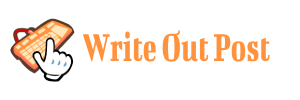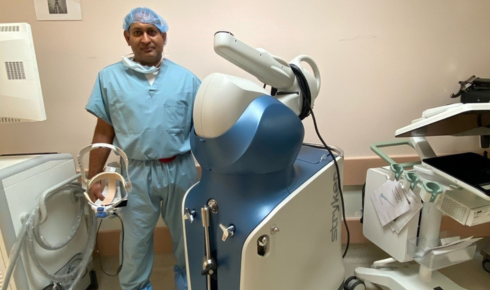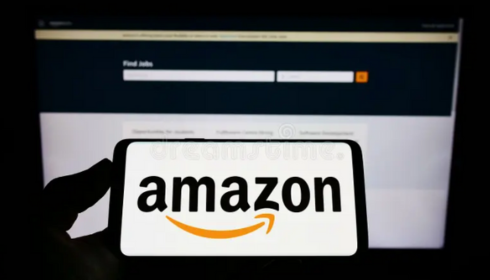
Building a productive workforce is much like tending a garden; it requires proper care, strategy, and the right tools to help ensure that everyone flourishes. As a manager who’s led both small teams and community work, I’ve seen firsthand how small changes can lead to big victories. While tools like the Controlio app can help, it often comes down to the human touch that really makes the difference for a team. In this blog, we will explore the four essential steps that need to be taken to increase the productivity of your employees and ensure your workplace remains lively and engaged.
Step 1: Set Clear, Shared Goals
Nothing can derail productivity faster than confusion over workplace hierarchy. With clearly defined goals, your team now has a roadmap to drive toward success. In my earlier years managing a retail team, we completely floundered as everyone tried to work toward their own version of what the company needed to focus on—sales, customer service, or inventory. The moment we had a shared objective of propelling customer satisfaction by 10%, everything just clicked, and we aligned our tasks toward it.
Use frameworks like SMART (Specific, Measurable, Achievable, Relevant, Time-bound) to define goals. Employee monitoring software like the Controlio app can track progress, illustrating who is meeting goals and where changes need to be made. Regular check-ins help streamline ambiguous targets into structured achievements.
Step 2: Empower Through Training and Tools
An effective team requires the right skills and resources to be truly productive. Demonstrating that you care about your employees by investing in training goes a long way. I recall one employee who was very adept at the older methods of handling our stock but had difficulties adapting to the new inventory systems. After training, she was able to streamline many of our processes, which improved both her self-esteem and the overall company productivity. Advanced workshops, online courses, or even mentorship programs lead to amazing results.
Equally important are the right tools. An employee’s productivity can greatly improve with proper time management software or even a simple project management app. In my experience, giving employees access to intuitive tools, such as dashboards for tracking their work, reduces unnecessary tasks and allows them to dedicate their time to critical functions. Spending on employee training, as well as access to new technology, leads to a 21% increase in productivity, according to a 2023 McKinsey report.
Step 3: Foster a Collaborative Culture
As with any problem a company may face, the solution to the problem almost always exists within the company itself. When employees work together, they can achieve goals and solve problems more efficiently. This is exactly how I ran an initiative in my college back in 2018. We set aside 15 minutes every day before class to discuss any problems we were facing. One of the team member’s ideas about improving our supply chain helped us save a few hours every week! These informal talks fueled innovation among my colleagues.
Encourage collaboration and communication by providing services such as collective email threads or a central project board. The Controlio app, a type of employee monitoring software, helps point out areas where people are overloaded and assists you in equalizing the workload. This not only makes the work more manageable but also makes your employees more productive. Gallup stated that collaboration directly improves productivity by 12%, hence proving that productivity is a result of collaboration.
Step 4: Prioritize Flexibility and Well-Being
Studies show that remote work goes hand in hand with letting employees work at their own pace. Implementing relaxation methods such as yoga classes during working hours or offering yoga breaks has proven successful. One of my friends who worked in sales saw a huge uplift in revenue when he began utilizing adjustable shift hours. Allowing him to make his own hours helped us gain more business and bypass the quotas set by our bosses.
All those around you can benefit when you encourage small 5-minute breaks every 90 minutes. These short breaks help reduce burnout and help one focus even more. Team members can always take a stroll or grab some fresh air. There are ways to track activity without micromanaging during breaks or outside of scheduled hours. One study indicates that half of employees prefer flexibility over pay. It is a better option for retention.
Final Note: Remember Productivity is Meaningful and Not About Spending Hours on a Task
Achieving high productivity is not about making your team work longer hours, but rather focusing on working smarter. Giving ample training and the right tools with defined goals and collaboration will motivate the employees. With this approach, the potential of your team can be fully realized. Investments like the Controlio app can further enhance these efforts. However, nothing will make a bigger difference than showing you care for your people. What is a small step you want to try with your team? I hope to hear your ideas and reinforce how valuable it is to share tips about productivity.






